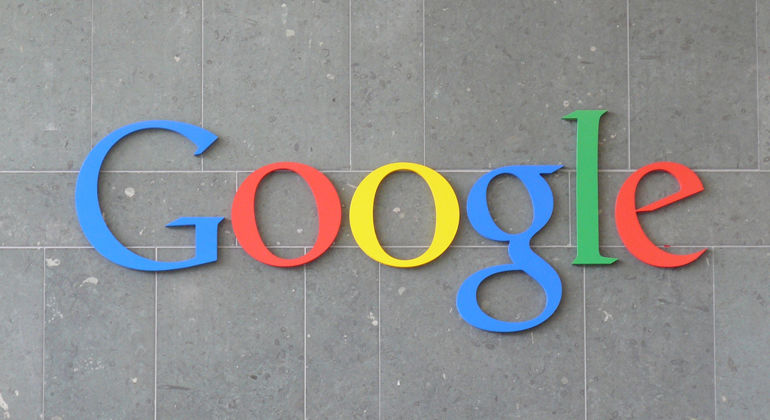Google images are used by hundreds of millions of people every day. It enables them to visually discover and explore content on the web. Finding ideas for your next baking project, or visual instructions on how to fix a flat tire, etc., exploring image results can sometimes be much more helpful than exploring text.
Referral source update
The role Google Images plays in driving site traffic is not always easy to understand, even for webmaster. Therefore, Google decided to roll out a new referrel URL that is specific to Google Images over the course of the next few months. The referrer URL is part of the HTTP header, and indicates the last page the user was on and clicked to visit the destination webpage.
This change is important for people who create software to track or analyze website traffic. They will need to make sure that they are ingesting the new referer URL, and attribute the traffic to Google Images. The new referer URL is: http://images.google.com
Those who use Google Analytics to track site data, the new referral URL will be automatically ingested and traffic will be attributed to Google Images appropriately.
Effects on country-specific queries
The new referer URL has the same country code top level domain (ccTLD) as the URL used for searching on Google Images, meaning that most visitors worldwide come from images.google.com. For users who may still choose to go directly to a country specific service, such as google.co.uk for the UK. For this use case, the referer uses that country TLD (for example, images.google.co.uk).
If you're interested in learning how to optimize your pages for Google Images, please refer to the Google Image Publishing Guidelines. For more information on the changes of referral source URLs, click here.














